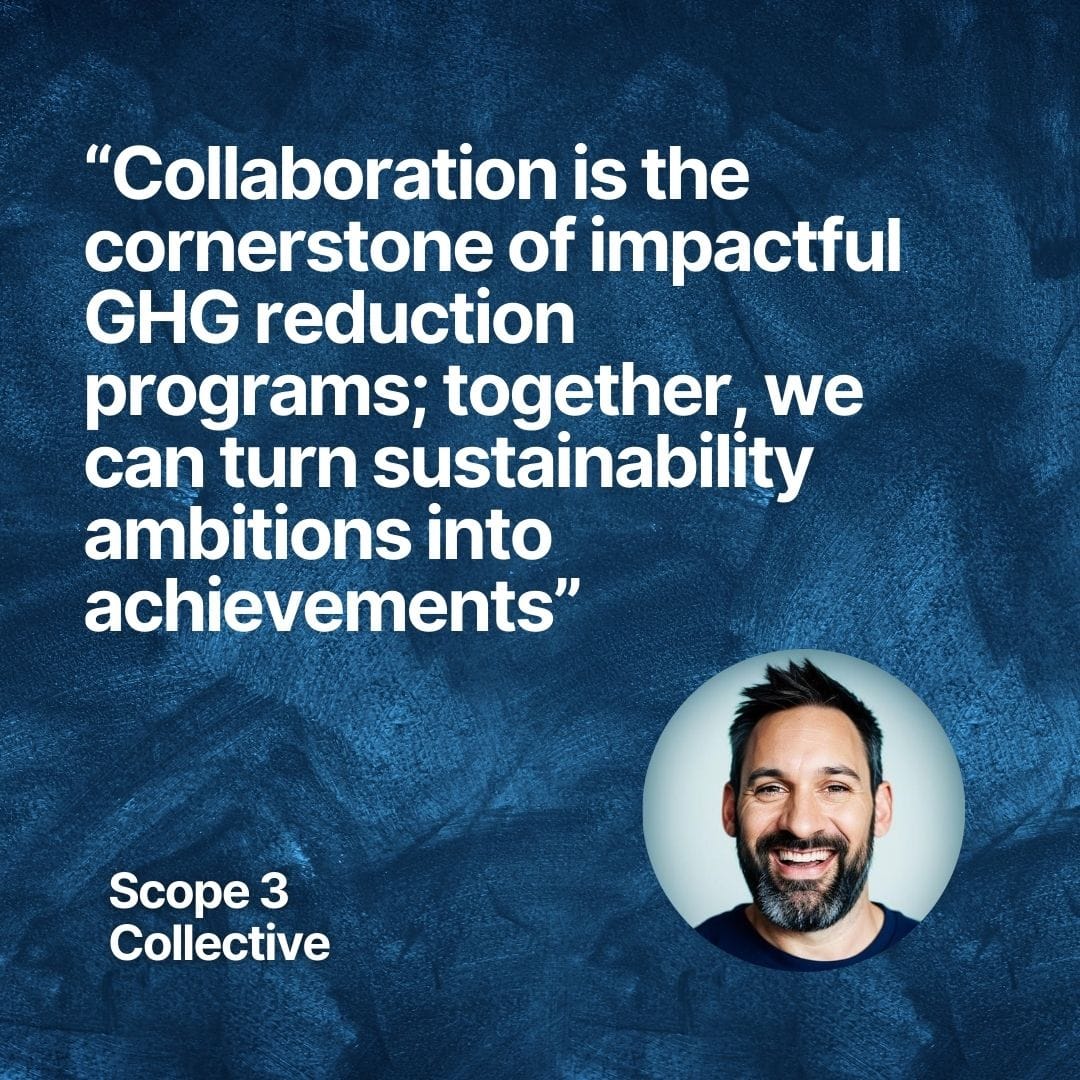Tracking Progress: How to Measure Success in Scope 3 Emissions Reduction
Monitor, report, and celebrate supplier progress in Scope 3 emissions reduction for a sustainable future

Accurately measuring success in reducing Scope 3 emissions is foundational to the fight against climate change. As organizations strive for greater sustainability, they must ensure that the progress of suppliers aligns with ambitious environmental goals. This enhanced focus involves integrating commitments to the Science Based Targets initiative (SBTi), particularly its Net Zero Standard, thorough disclosure via the CDP Climate Change program, and meticulously tracking suppliers' own Scope 3 emissions reduction efforts. Additionally, developing targeted GHG reduction programs with key suppliers—often those contributing most significantly to emissions and aligned with the spend profile—is crucial. Here’s how organizations can effectively monitor and report on these critical aspects.
1. Leveraging Commitments to SBTi
Encourage your suppliers to commit to the SBTi, especially its Net Zero Standard. This commitment not only aligns suppliers with scientifically based targets but also ensures a unified approach to tackling GHG emissions. Incorporating a link to detailed articles or resources about SBTi and Net Zero Standard commitments can provide suppliers with the guidance needed to align their strategies with these global benchmarks.
2. Emphasizing Disclosure via CDP Climate Change Program
Promote regular disclosure of environmental data through the CDP Climate Change program among your suppliers. This practice enhances transparency and provides a framework for tracking progress. Specifically, attention should be given to Section 12a of the CDP Climate report, where suppliers detail their Scope 3 emissions reduction activities. This disclosure is pivotal for benchmarking and understanding the broader impact of your supply chain on the environment.
3. Focusing on Suppliers’ Own Scope 3 Programs
Understanding that suppliers’ Scope 3 emissions often constitute a significant portion of their total emissions, it's essential to track their specific reduction programs. Encourage suppliers to develop and share detailed plans and progress reports on how they are addressing their largest sources of Scope 3 emissions. This close monitoring ensures that suppliers are not only committed in theory but are actively implementing practices that contribute to overall emissions reduction.

4. Developing Targeted GHG Reduction Programs
Identify and collaborate with suppliers that account for the bulk of your Scope 3 emissions—often, these are also your major spend categories. Work together to develop bespoke GHG reduction programs that are both ambitious and achievable. Utilizing Pareto’s law, focus your efforts on engaging with these key suppliers to leverage the most significant impact on your supply chain's carbon footprint.
5. Establishing Clear Reporting Guidelines and Technology Use
Create standardized reporting guidelines for suppliers to ensure consistency and reliability in the data collected. Leverage technology platforms that facilitate the efficient gathering, analysis, and sharing of emissions data. This technological approach enables more accurate tracking of progress and identification of areas needing improvement.
6. Scheduled Check-ins and Recognition of Achievements
Maintain regular check-ins with suppliers to discuss their progress, challenges, and needs regarding their GHG reduction efforts. Recognize and celebrate milestones achieved by suppliers in reducing their Scope 3 emissions to foster motivation and demonstrate the value your organization places on genuine sustainability efforts.
Conclusion
By integrating these strategies, organizations can ensure a comprehensive approach to tracking Scope 3 emissions reduction efforts across their supply chain. Commitments to the SBTi, thorough disclosure via CDP, focused tracking of suppliers' Scope 3 programs, and the development of targeted GHG reduction initiatives with key suppliers are all essential elements. These efforts not only drive progress toward emissions reduction but also build a more sustainable, resilient supply chain capable of facing the challenges of climate change head-on.




Comments ()